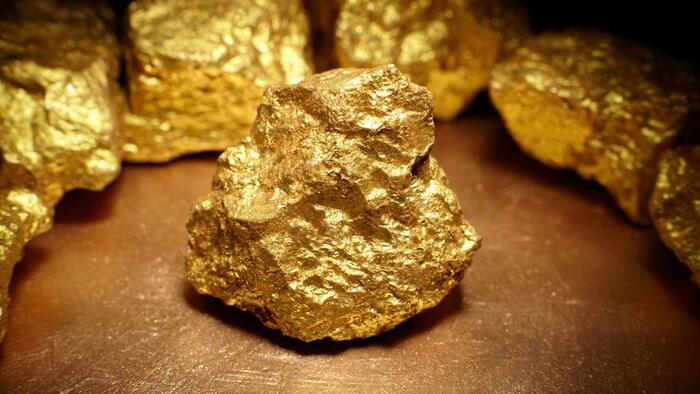In a recent episode on SchiffGold.com, Peter Schiff discussed a remarkable week for precious metals, specifically gold and silver, which reached record highs of nearly $2800 and $35, respectively. Schiff interprets these surging prices as evidence that the Federal Reserve’s recent rate cuts are misguided. While politicians and mainstream media continue to downplay inflation concerns, the metals markets are signaling a significant shift in America’s economic outlook—one that Schiff argues is unsustainable. The persistent rise in gold prices, in particular, defies common expectations that lower interest rates would lead to bearish trends for the metal, revealing a disconnect between mainstream financial perceptions and market realities.
Schiff elaborated on the interplay between interest rates and gold prices, explaining how rising long-term interest rates accompany the gains in gold value. Unlike traditional beliefs that view higher interest rates as detrimental to gold, Schiff asserts that the current scenario illustrates a contrary trend. He stated, “When the Fed cuts short-term rates, that’s going to be the bottom for long-term rates, and they’re going to go up.” This perspective counters the expectation of decreasing long-term rates in response to Fed policies, shedding light on the broader implications of economic mismanagement and inflationary pressures linked to the government’s fiscal strategies.
The root cause of these rising trends, according to Schiff, is the dollar’s inevitable devaluation, which makes gold an increasingly essential hedge as the world moves away from dollar dominance. He explained that the Fed’s rate cuts are not a response to a robust economy; rather, they will exacerbate fiscal deficits and lead to more treasury supply, likely pushing interest rates higher and, concurrently, increasing the gold price. Schiff’s analysis draws parallels with the pre-2008 economic environment where gold was largely ignored by media and financial experts, underscoring a lack of foresight regarding the looming inflation driven by central bank policies.
Schiff argues that inflation serves the political class at the expense of consumers, creating a facade of prosperity through inflated asset prices and wages. He warns that this misguided approach results in a detrimental overall economic environment, where the illusion of wealth conceals an erosion of purchasing power. To him, this inflationary scheme is unsustainable; sooner or later, it will lead to a governmental crisis overwhelming enough to necessitate either a default on debts or an increase in money printing, both of which would profoundly impact creditor value.
As the political landscape shapes up toward upcoming elections, Schiff approaches the prospect of a Trump presidency with cautious optimism. He believes that even a mediocre handling of fiscal policies under Trump would be preferable to the potential outcomes of a Harris administration. Schiff maintains that regardless of the election outcome, a crisis is imminent, and preparing for it with a leader he perceives as less harmful to economic stability is preferable.
In conclusion, Schiff’s analysis emphasizes a growing disconnect between the financial media’s narratives and the realities observed in metals markets. He warns of the dangers posed by inflationary policies and advocates for preparation against the resultant economic fallout. By highlighting the flawed economic strategies leading to dollar devaluation and the value of gold as a protective asset, Schiff attempts to guide listeners towards a greater awareness of economic principles at play, especially in the face of political uncertainty and imminent financial challenges.

